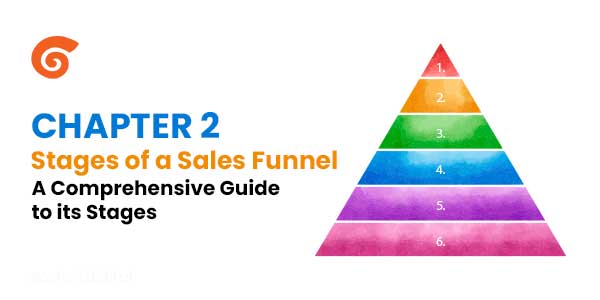Explaining the various stages of a typical sales funnel, such as awareness, interest, consideration, conversion, and loyalty.
Introduction
The sales funnel is a fundamental concept in marketing and sales, serving as a visual representation of the customer’s journey from initial awareness to becoming a loyal advocate for a brand. Understanding the stages of a sales funnel is crucial for businesses seeking to optimize their strategies and maximize conversions. In this article, we will explore the various stages of a typical sales funnel: awareness, interest, consideration, conversion, and loyalty.
Awareness
The top of the funnel is all about creating awareness. At this stage, potential customers become aware of your brand, product, or service. This often occurs through marketing efforts such as social media, content marketing, advertising, and word-of-mouth referrals. The goal is to cast a wide net and attract as many potential customers as possible.
Interest
Once individuals are aware of your brand, the next stage is to pique their interest. You want to provide valuable content and information that addresses their pain points and needs. Blog posts, webinars, and informative videos are effective tools for nurturing this interest. The goal is to keep potential customers engaged and curious about what your business offers.
Consideration
As prospects move deeper into the funnel, they start considering their options. They are actively researching and comparing products or services. This is the stage where case studies, product demos, and customer reviews play a vital role. Businesses should focus on demonstrating why their offering is the best choice.
Conversion
The conversion stage is where potential customers make a decision. They take action, whether it’s making a purchase, signing up for a newsletter, or requesting a quote. Calls to action (CTAs), well-designed landing pages, and a seamless user experience are essential components of this stage.
Loyalty
Many businesses make the mistake of assuming the sales funnel ends after conversion. However, nurturing existing customers is equally important. Building loyalty involves providing excellent customer support, personalized recommendations, and incentives for repeat business. Loyal customers not only make additional purchases but also become brand advocates who refer others to your business.
Conclusion
Understanding the stages of a sales funnel is pivotal in creating effective marketing and sales strategies. By tailoring your approach to each stage, you can guide potential customers through the funnel, from initial awareness to becoming devoted brand advocates. Remember that the sales funnel is not linear, and customers may enter or exit at different points. Thus, it’s essential to continuously analyze and refine your strategies to optimize the conversion process and drive business growth.
